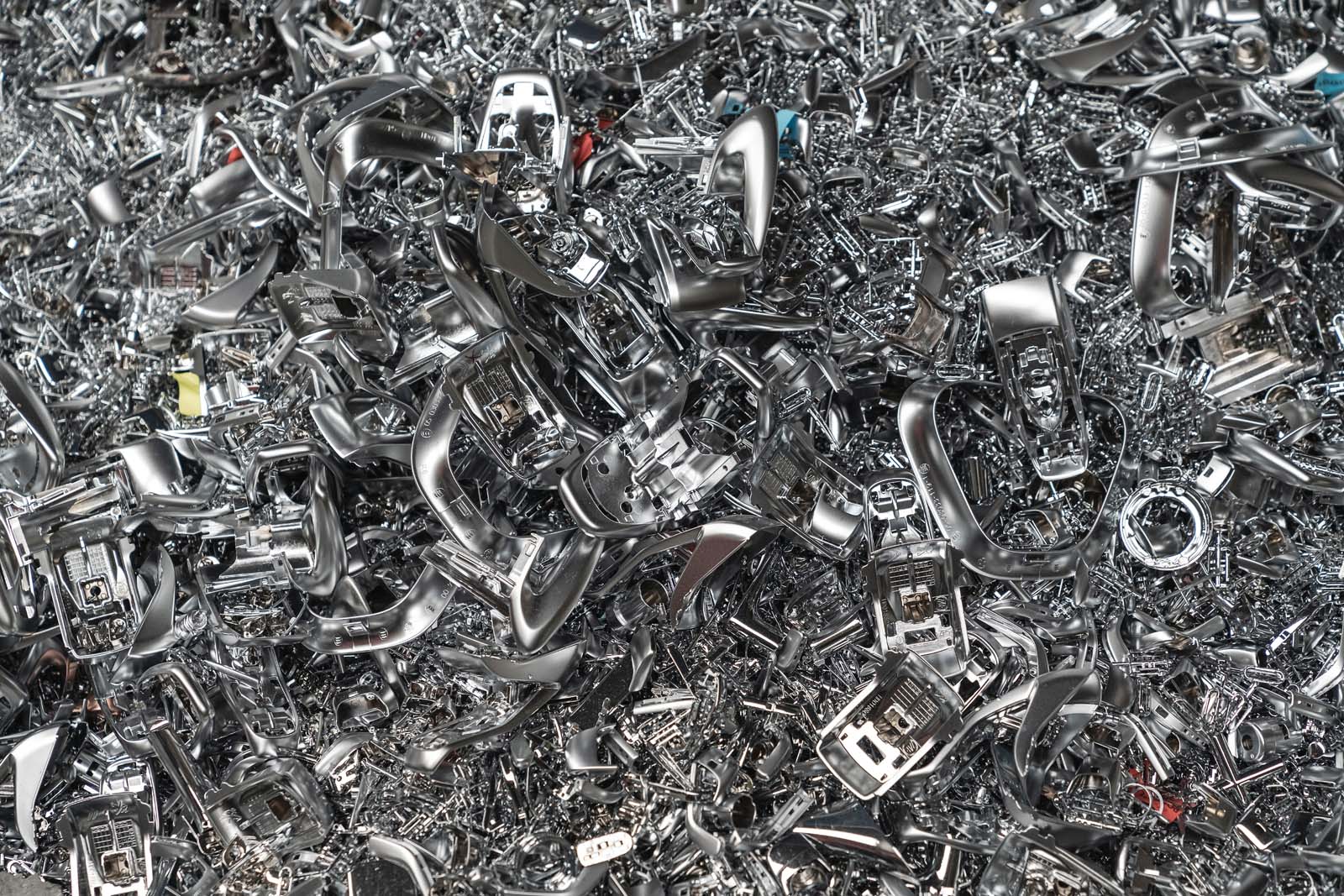
CO₂ STUDY PARTICIPATION
REAZN’s circular economy model enables us to produce zinc alloys with a reduced carbon footprint. The difference can go up to 97.5 % in comparison with the industry average.
One can imagine that the recurring use of zinc scrap – in its processing as a high-quality recyclable raw material – relativizes the overall balance for the environmental impact of extracted zinc from ores and permits comprehensive savings of energy as well as an extreme reduction of resulting greenhouse-gas emissions. But how exactly can we put a number to this and determine the actual carbon footprint in zinc alloy production?
REAZN believes that zinc is “used” and not “consumed” and decided to participate in a game-changing study for our industry. Together with Initiative Zink, REAZN and Föhl provided crucial data in determining the real carbon footprint in zinc alloy production comparing benchmark data from primary production to REAZN’s own available data, when using secondary raw materials exclusively. In the framework of the project, the environmental impact of the entire supply chain of zinc die casting products, was analyzed. We were able to provide data regarding the amount and type of energy used in the zinc manufacturing process. This includes the zinc supply chain, energy used during its use, and the energy consumed when recycling secondary raw materials. The results provided a concrete overview of the interrelationships of energy consumption and showed the areas, where reducing energy consumption would be most effective.
In addition to key figures on recycling rates per material and recycled content in zinc, the life cycle assessment is an instrument for illustrating the environmental impact of zinc. The physical life cycle assessment offers the possibility of identifying optimization potential in REAZN’s manufacturing process, e.g., for reducing energy use and thus avoiding CO₂ and other greenhouse gases.
With the help of a simulation-based calculation, we were able to illustrate changes in manufacturing processes, in the energy mix or the impact that investments might have in improving CO₂ footprint. The simulation methodology used, makes it possible to carry out time-realistic calculations of the impact categories in the material production of zinc alloys and subsequent processing in the die casting process based on specific production conditions, instead of generic data.
The results of the analysis showed the actual environmental impact of the entire supply chain of zinc die casting products. In the calculation, both the use of primary raw materials for zinc die casting alloys and the use of secondary raw materials were calculated. The results were astonishing. The use of 100 % secondary raw materials for zinc alloy production in the REAZN Belgium plant (with our specific production and energy parameters), reduced the CO₂ footprint by up to 97.5 % compared to the average available benchmark data from primary production.
While REAZN successfully reduces CO₂ emissions when producing zinc alloys from recycled materials, we continuously aim to reduce our CO₂ emissions, our waste and energy consumption as much as possible. We constantly strive to increase our energy efficiency together with our R&D department. Early March 2022, our new filter has finally been implemented with the aim of reducing emissions to the absolute minimum.
Want to dive deeper into the CO₂ Study? Read this Article published in Spotlight about the Simulation-based Calculation of the Environmental Impact of Zinc Die Casting When Using Primary and Secondary Raw Materials for Alloy Production:
https://www.euroguss.de/en/euroguss-365/2021/news/simulation-based-calculation-enviromental-impact
